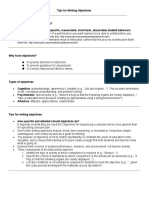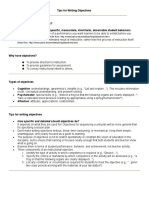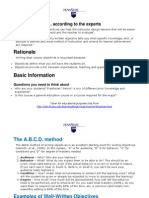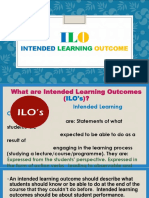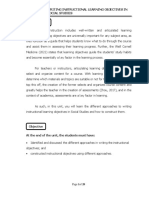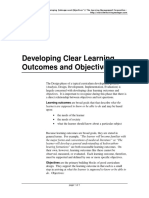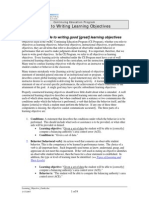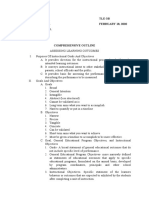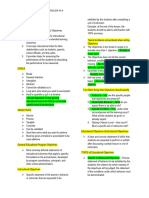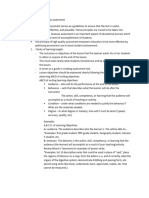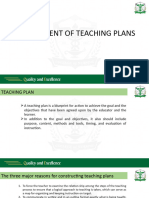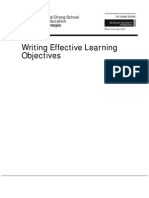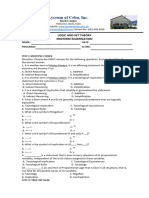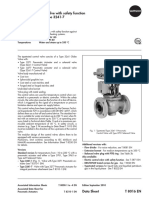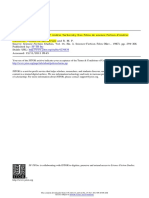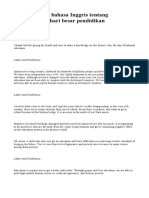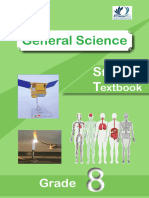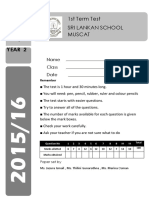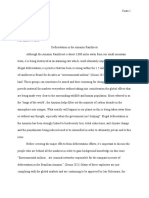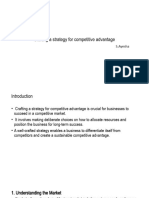0% found this document useful (0 votes)
69 views5 pagesObjective Tips
The document provides guidance on writing instructional objectives. It defines objectives as specific, measurable descriptions of learner performance. Objectives should describe intended results rather than instructional processes. Objectives provide direction for instruction and assessment, and convey intent to others. Objectives can target cognitive, psychomotor, or affective domains. When writing objectives, focus on clear and attainable learner performances and avoid vague verbs. Objectives should specify conditions and criteria for acceptable performance.
Uploaded by
Neperare LeonesCopyright
© © All Rights Reserved
We take content rights seriously. If you suspect this is your content, claim it here.
Available Formats
Download as DOC, PDF, TXT or read online on Scribd
0% found this document useful (0 votes)
69 views5 pagesObjective Tips
The document provides guidance on writing instructional objectives. It defines objectives as specific, measurable descriptions of learner performance. Objectives should describe intended results rather than instructional processes. Objectives provide direction for instruction and assessment, and convey intent to others. Objectives can target cognitive, psychomotor, or affective domains. When writing objectives, focus on clear and attainable learner performances and avoid vague verbs. Objectives should specify conditions and criteria for acceptable performance.
Uploaded by
Neperare LeonesCopyright
© © All Rights Reserved
We take content rights seriously. If you suspect this is your content, claim it here.
Available Formats
Download as DOC, PDF, TXT or read online on Scribd
/ 5

